Search Engine Optimization (SEO) has long been recognized as a powerful way to drive traffic to websites, and Shopify stores are no exception. In fact, proper SEO strategies can be game-changing for e-commerce businesses, helping them rank higher on search engine results pages (SERPs), attract more organic visitors, and ultimately boost sales. If you're a Shopify store owner looking for ways to increase your organic traffic, you've come to the right place.
In this article, we'll delve into six proven SEO hacks specifically designed for Shopify stores. These strategies can help you optimize your store's visibility, generate more organic traffic, and increase sales. Even better, you can implement all of these tactics today and start seeing improvements. Let’s get started!
Hack #1: Optimize Your Product Titles for Search Intent
When it comes to product titles, many Shopify store owners make the mistake of merely describing the product without considering how potential customers are searching for it. However, optimizing product titles for search intent can make a big difference in your SEO efforts.
What does this mean? Rather than using generic product titles like "Comfy Cotton Shirt," consider using phrases that answer the specific questions your customers are typing into Google. For instance, "Soft Cotton Shirt for Summer" or "Best Soft Cotton Shirt for the Summer" are more descriptive and target real search queries that users are making.
Why does this work? When you align your product titles with the searcher's intent, Google is more likely to rank your page higher because it directly matches the user’s query. To find the best keywords for your product titles, use tools like Google Keyword Planner or Ubersuggest, which will show you the search volume and competition for different keywords.
Hack #2: Crush It with Meta Descriptions
Meta descriptions are small snippets of text that appear under your page’s title on search engine results. While they might seem like a minor detail, they are actually crucial for driving clicks to your store. A compelling meta description not only helps you rank higher but also encourages users to click on your link instead of your competitor's.
What should a meta description include?
-
Primary keywords: Include the main keyword that people are searching for.
-
Compelling message: Give a brief, persuasive description of what the user will find on the page.
-
Call to action: Encourage the user to take immediate action, such as “Shop now,” “Free shipping available,” or “Order today!”
For example, a good meta description for a cotton shirt might read, "Shop our soft cotton shirts, perfect for staying cool in the summer. Free shipping available – order now!"
One thing to note is that Shopify automatically generates meta descriptions from your product descriptions. However, these auto-generated descriptions aren’t always optimized for SEO. Take the time to manually craft meta descriptions that include keywords and calls to action.
Hack #3: Leverage Long-Tail Keywords
One of the most effective SEO strategies for Shopify stores is leveraging long-tail keywords. Unlike short, generic keywords like "t-shirt," long-tail keywords are longer phrases that are more specific and typically have less competition, making them easier to rank for.
For example, instead of trying to rank for "t-shirt," you could target a phrase like "soft breathable t-shirts for men." These long-tail keywords are more likely to match what users are searching for and often indicate a higher intent to purchase.
How to implement long-tail keywords:
-
Product Descriptions: Include long-tail keywords in your product descriptions to give Google more context about what you're selling.
-
Blog Posts: Write blog posts that naturally incorporate these keywords to boost your organic traffic.
-
Image Alt Text: Add long-tail keywords to the alt text of your images for an extra SEO boost.
Google loves content that’s specific, and these long-tail keywords will make it easier for your store to appear at the top of search results for niche queries.
Hack #4: Build Collection Pages with Keywords
Collection pages are gold mines for SEO, yet many Shopify store owners fail to optimize them. Collection pages allow you to group products under specific categories, which gives you the opportunity to target broader keywords while showcasing multiple products.
For instance, if you sell winter clothing, you could optimize your collection page for the keyword phrase "best winter coats for women" or "affordable winter jackets." This is far more powerful than simply calling the collection "Women's Jackets."
How to optimize your collection pages:
-
Custom Titles and Descriptions: Don’t stick with the default settings. Customize your collection page titles and descriptions with high-value keywords that your customers are searching for.
-
Description Placement: Place the keyword-rich description at the bottom of the collection page. This way, users see the products first but Google can still index the content for SEO purposes.
Collection pages also give you the flexibility to target both broad and specific keywords, improving your chances of ranking for a variety of search terms.
Hack #5: The Power of Internal Linking
Internal linking refers to linking from one page on your website to another, and it’s often an underutilized SEO tactic. Internal links help search engines understand the structure of your site and can boost the SEO of underperforming pages.
Why is internal linking important?
-
It helps Google crawl your site more effectively, boosting your SEO.
-
It keeps users on your site longer, which can increase conversions.
To make the most of internal linking, connect high-performing pages to lower-performing ones. For example, link a popular blog post to a product page that could use more traffic. When you interlink your product pages, collection pages, and blog posts, you're creating a web of SEO-friendly content that Google can easily index.
A word of caution: avoid overloading your product pages with too many internal links. Limit the number of links to maintain a clean, user-friendly experience. The primary goal of your product pages should always be to guide the customer toward making a purchase.
Hack #6: Content is King
If you're not regularly producing blog content, you're missing out on a major opportunity to drive organic traffic to your Shopify store. Creating SEO-optimized blog posts is an excellent way to add fresh content to your website, incorporate long-tail keywords, and provide valuable information to your audience.
Ideas for blog posts:
-
Answer common questions related to your products.
-
Provide style guides or tutorials that feature your products.
-
Write about seasonal trends, such as "Top 5 Winter Workout Routines" if you sell workout clothes.
By consistently adding new blog content, you'll not only improve your SEO but also engage your audience and keep them on your website longer. Blog posts also give you the chance to recommend products directly within the content, creating a seamless shopping experience for your visitors. Shopify even allows you to link products within your blog posts, helping you promote them alongside relevant content.
Bonus Tip: Consistency is Key
One of the most important things to understand about SEO is that it takes time. While these strategies can give your Shopify store a significant boost, you need to stay consistent in applying them. Like exercise or dieting, the real rewards come when you commit to the process. Regularly updating your content, optimizing product titles, and building internal links will yield long-term SEO success.
Conclusion
Incorporating these six SEO hacks into your Shopify store can dramatically improve your organic traffic and sales. From optimizing product titles and meta descriptions to leveraging long-tail keywords and building out collection pages, these strategies cover all the essential SEO elements that will help you rank higher and drive more traffic.
The key to SEO success is consistency, so don’t wait—start implementing these tactics today and watch your Shopify store’s organic traffic skyrocket.


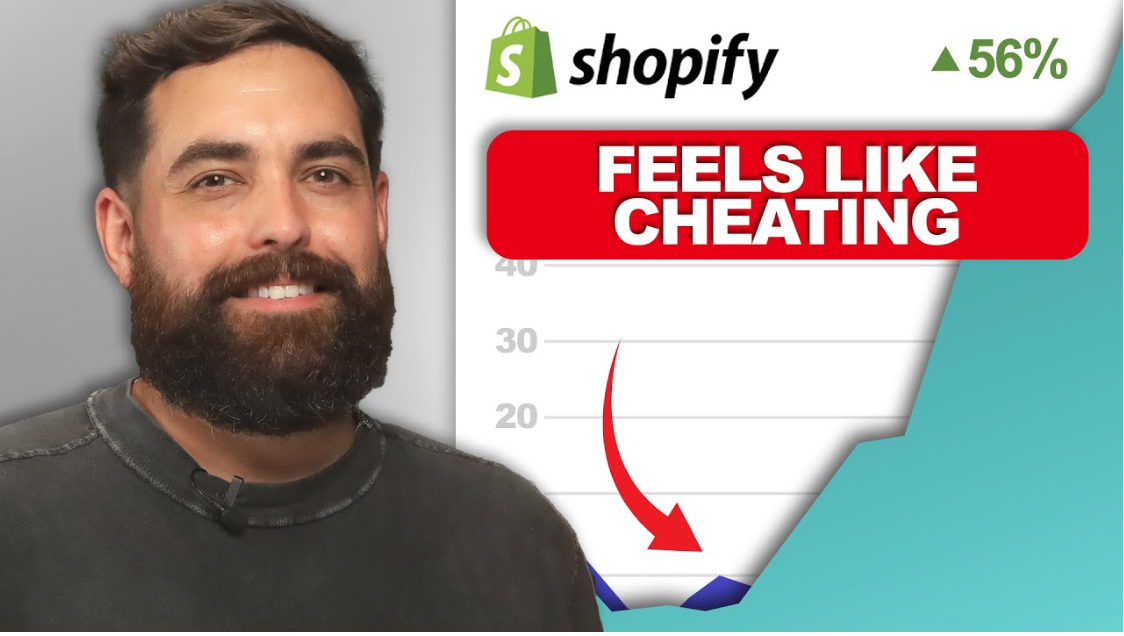

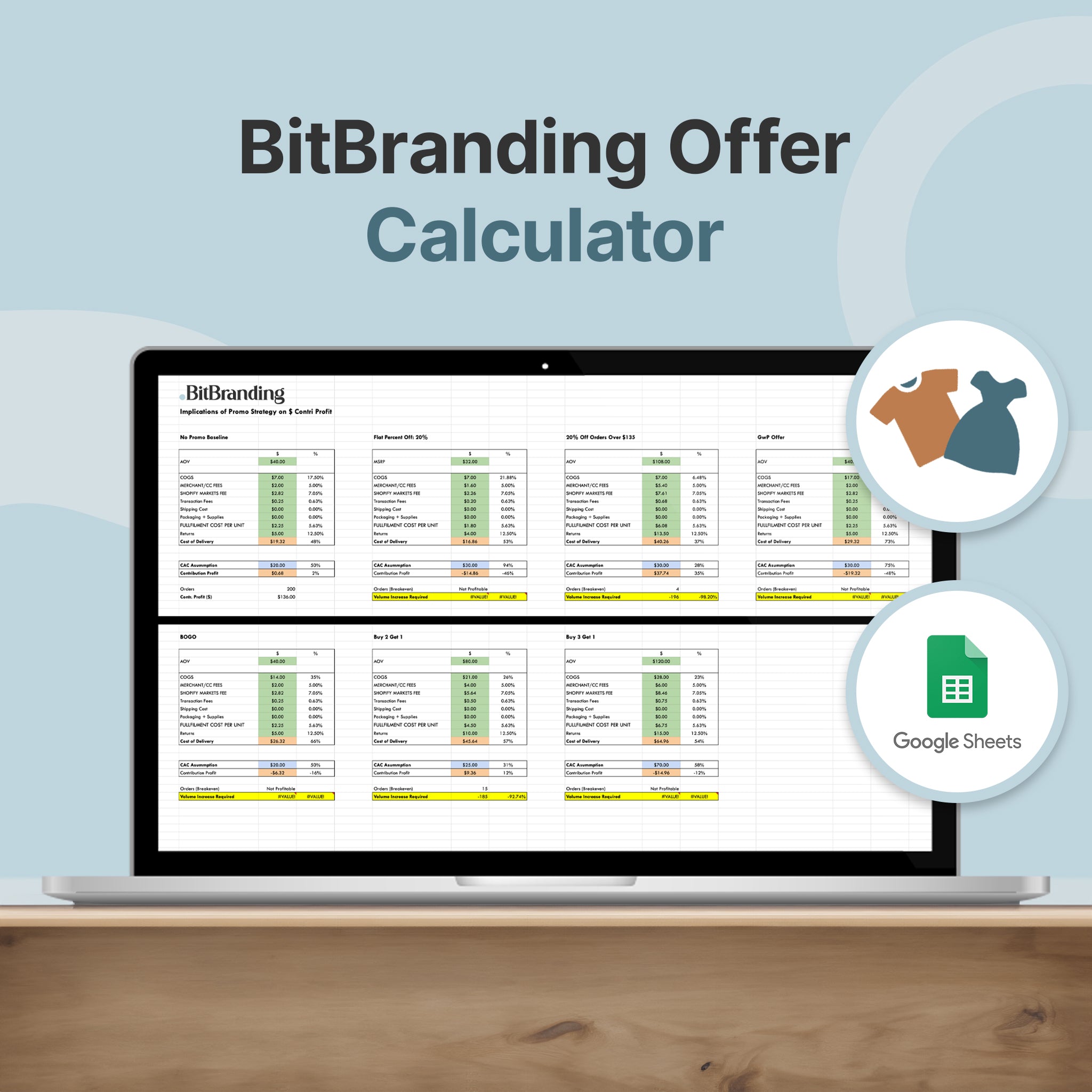


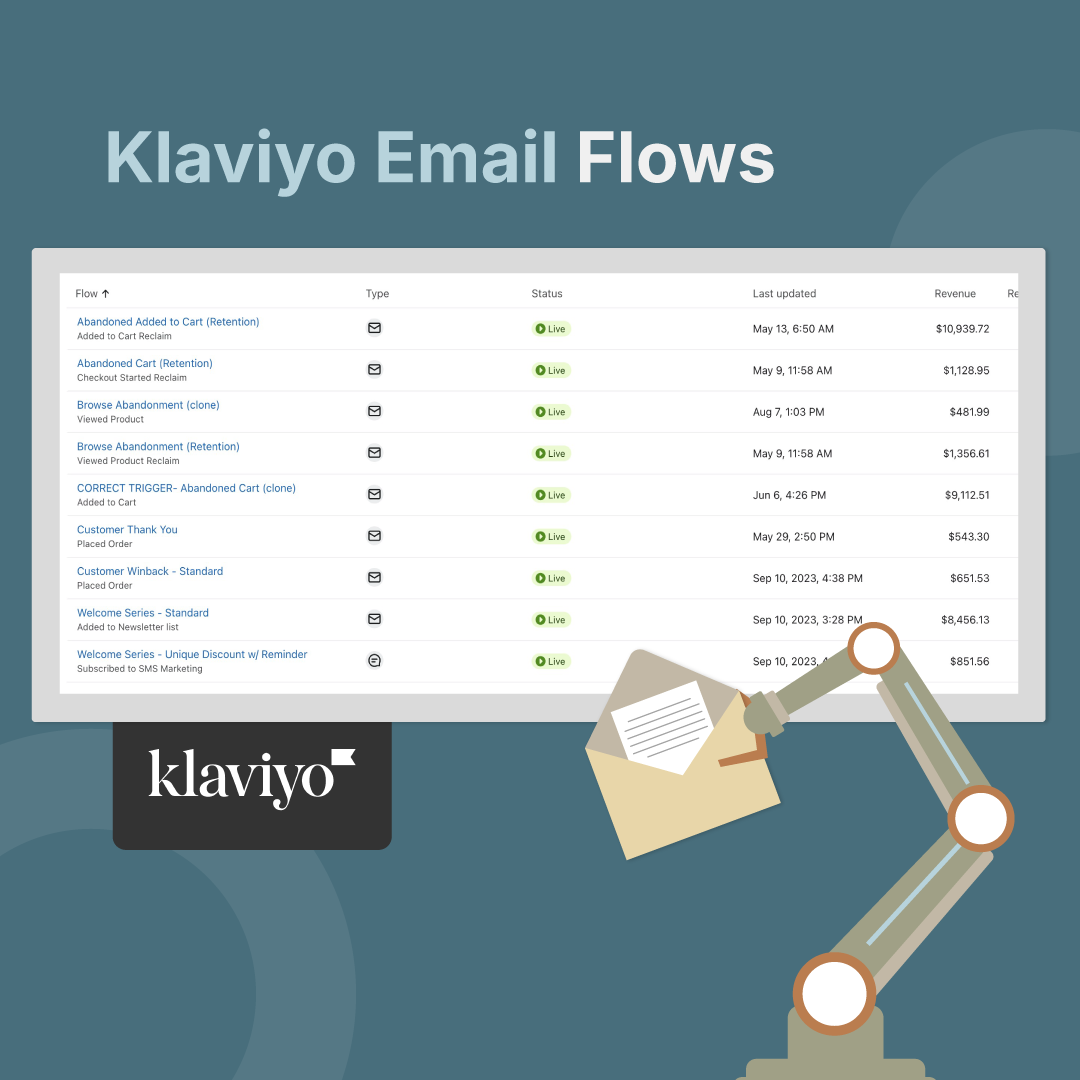
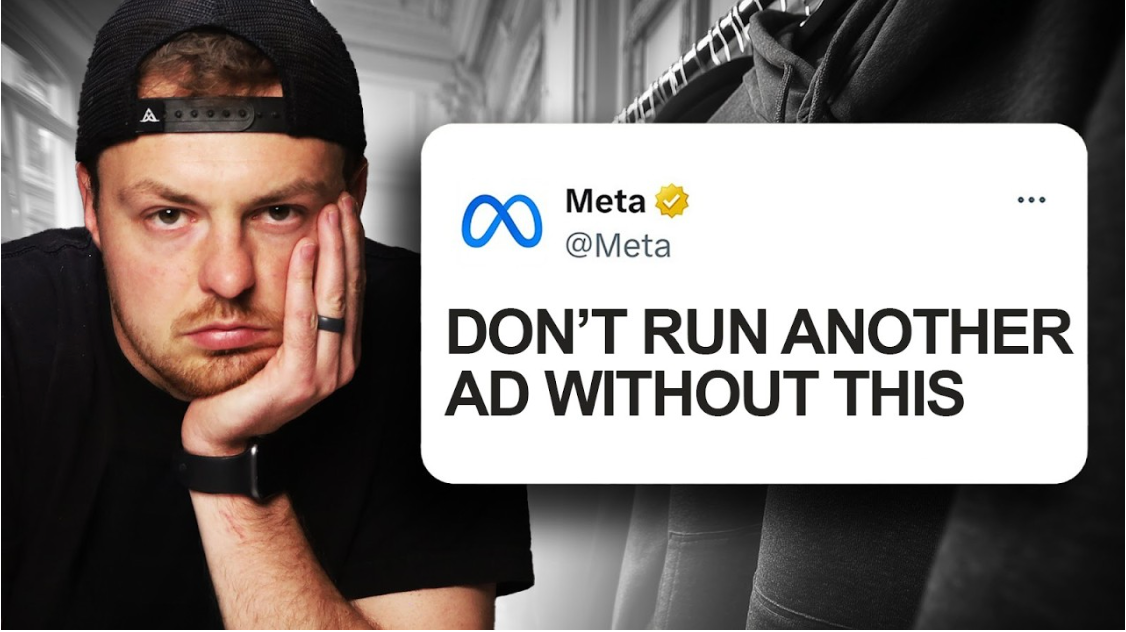
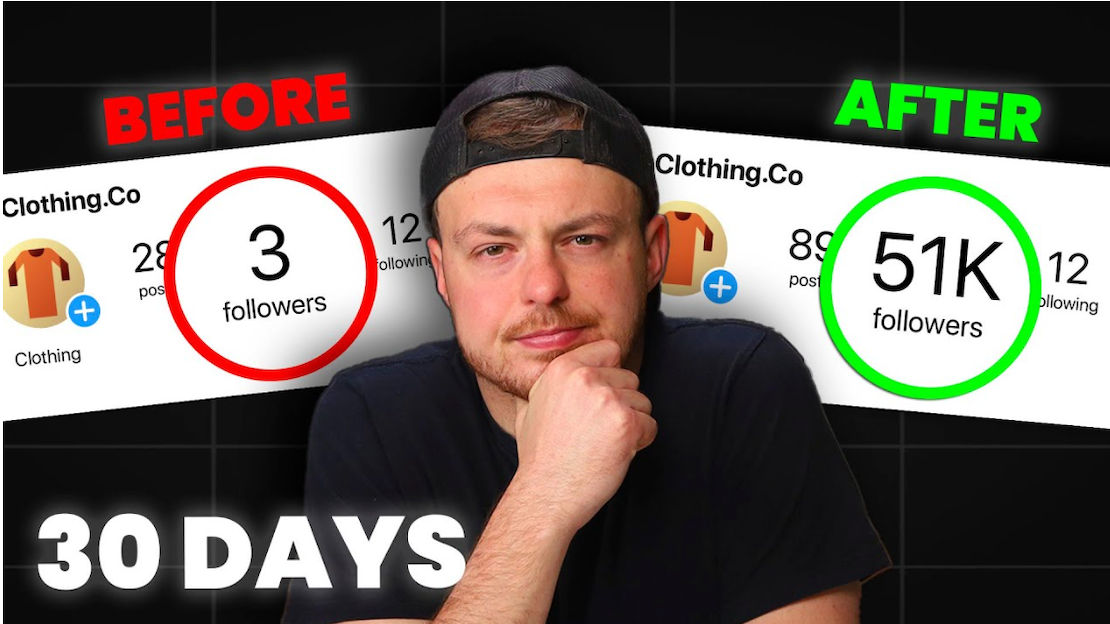
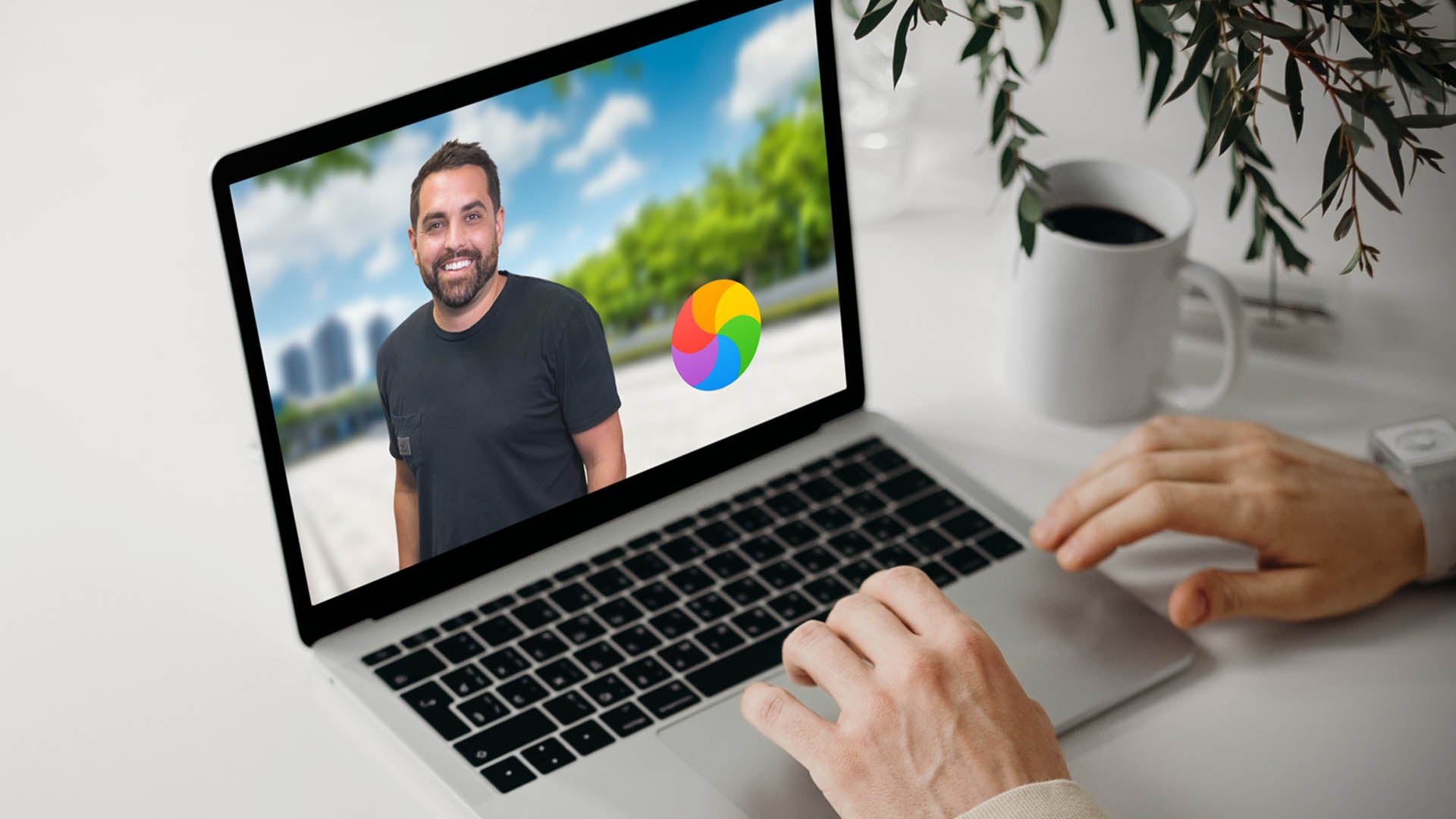
Share:
How to Build a Minimalistic Luxury Website: A Step-by-Step Guide
Understanding the Psychology of Clothing Purchases: Key Insights for Boosting Your Clothing Brand Sales